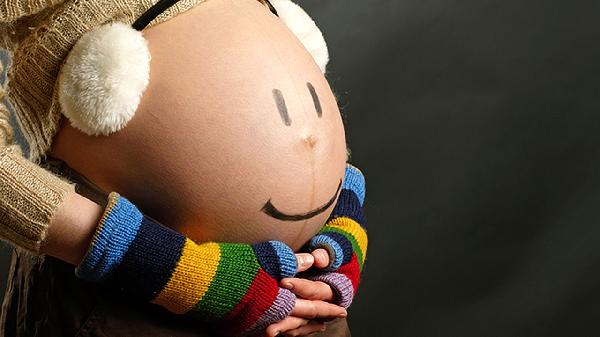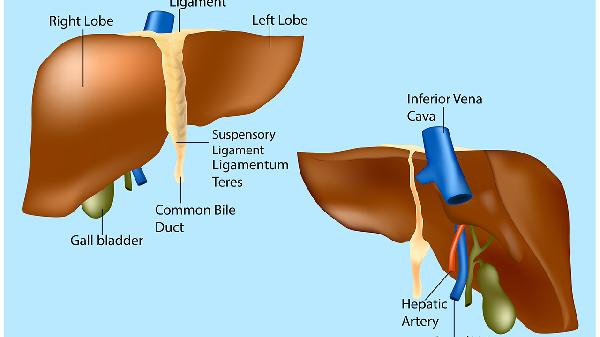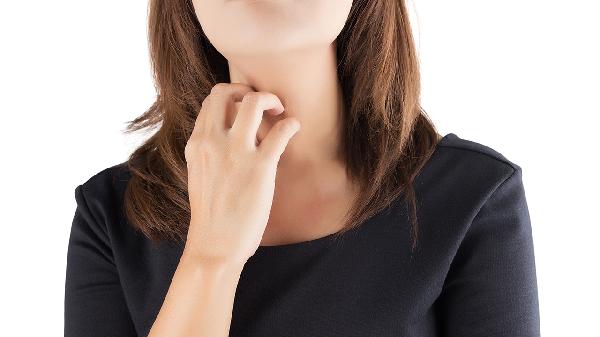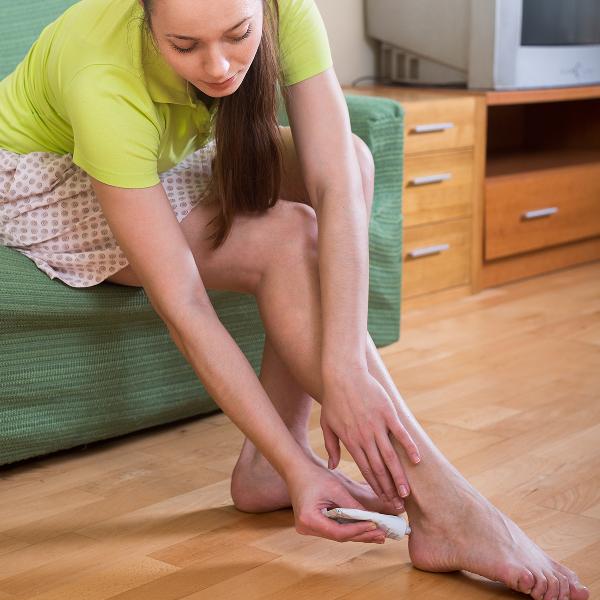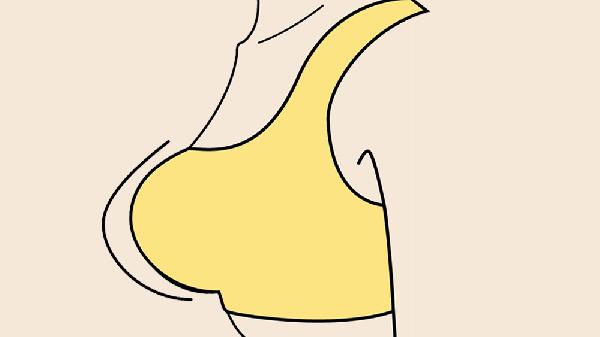Ever noticed how women's ring fingers seem to carry more than just a sparkly diamond? Turns out, that slender digit might actually be a window into health and longevity. Science suggests the length of a woman's ring finger—especially compared to her index finger—could reveal clues about everything from fertility to disease risk. It's not just about jewelry preferences; there's some legit biology at play here.
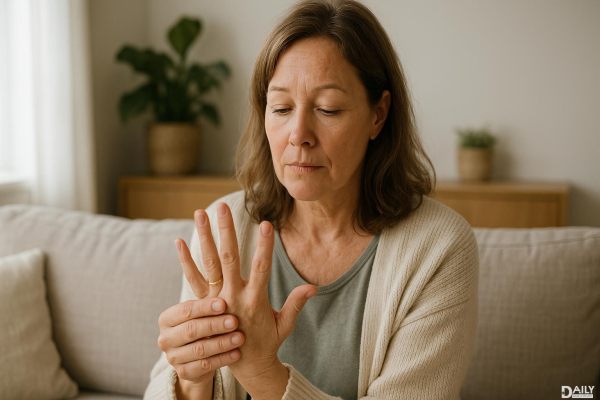
That ring-to-index finger ratio you've probably never thought about? Researchers call it the 2D:4D ratio, and it's way more interesting than it sounds. Women typically have ring and index fingers that are closer in length, while men tend to have noticeably longer ring fingers. This difference forms in the womb and is influenced by exposure to hormones like testosterone and estrogen. The wild part? This tiny anatomical quirk might predict everything from athletic ability to vulnerability to certain illnesses decades later.
Back when you were just a fetus swimming in amniotic fluid, your developing fingers were absorbing hormonal signals that would shape their proportions—and potentially your future health. Higher testosterone exposure tends to elongate the ring finger, while estrogen promotes more balanced growth. These same hormones also influence organ development, which explains why your finger ratio might correlate with things like ovarian reserve or cardiovascular resilience. It's like your body left breadcrumbs from its earliest development stages.
Reproductive specialists have noticed something fascinating—women with more "masculinized" finger ratios (longer ring fingers) often show different fertility patterns. Some studies suggest they may have higher ovarian reserves but potentially increased risk of polycystic ovary syndrome. Meanwhile, women with more balanced ratios might experience earlier menopause. Before you start scrutinizing your friends' hands at brunch, remember these are broad statistical trends, not crystal ball predictions for individuals.
Centenarian studies reveal curious patterns—women who live exceptionally long lives often share certain finger ratio characteristics. The theory goes that optimal prenatal hormone exposure creates both balanced digit proportions and resilient biological systems. Some research connects specific ratios with lower risks of age-related diseases like osteoarthritis or cardiovascular issues. Of course, genetics and lifestyle play huge roles, but it's compelling how our bodies might telegraph hints about our health destinies before we're even born.
While science explores these physiological connections, cultures worldwide have intuitively placed significance on the ring finger for millennia. From ancient Chinese medicine mapping it to circulation systems to Western traditions placing wedding bands there, humans somehow sensed this digit's importance. Modern research is just catching up to what tradition hinted at—that this particular finger might indeed be special, carrying whispers of our biological narratives in its proportions.
So next time you admire someone's ring finger, remember—you might be looking at more than just a manicure or jewelry. That unassuming digit could be holding subtle clues about health mysteries we're just beginning to understand. While finger ratios aren't diagnostic tools, they're fascinating examples of how our earliest development leaves lasting imprints, quite literally at our fingertips.


